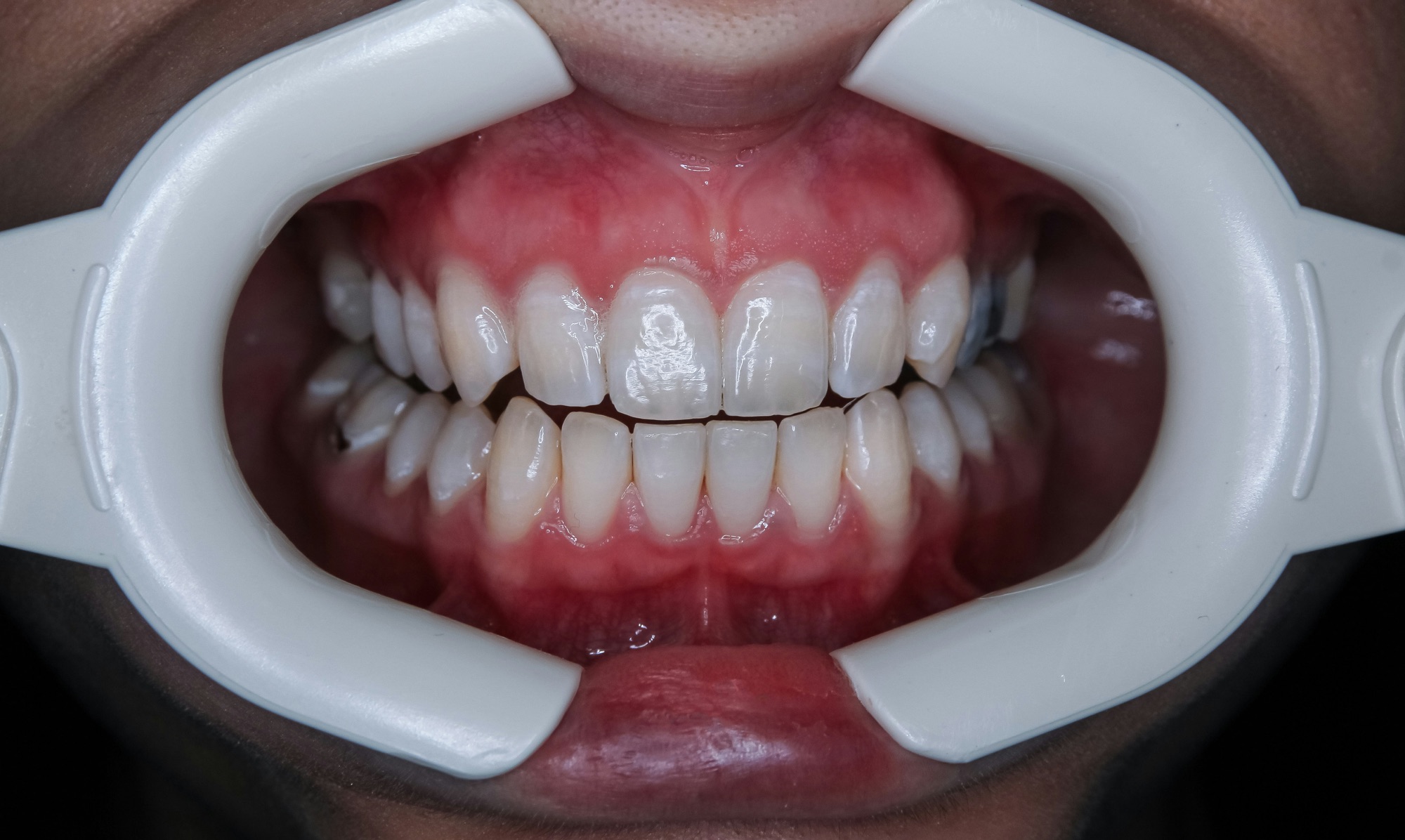Back pain is a common condition affecting millions of people worldwide, often caused by factors such as poor posture, muscle tension, herniated discs, or spinal misalignment. While there are various treatment options, from medication to physical therapy, many individuals seek alternative methods to alleviate discomfort. One such option is the use of an inversion table. Inversion therapy, which involves suspending the body upside down or at an inverted angle, is believed to relieve back pain by reducing pressure on the spine and improving spinal alignment.
But are inversion tables truly effective for back pain? In this article, we’ll explore how inversion therapy works, its potential benefits, who it may help, and important considerations to keep in mind when using this approach.
How Does an Inversion Table Work?
An inversion table allows you to hang upside down or at various angles, usually with your feet secured and your back supported. The concept behind inversion therapy is to use gravity in the opposite direction to stretch the spine, decompress the vertebrae, and relieve pressure on the discs and nerves. This stretching effect, often referred to as spinal traction, is thought to help realign the spine and reduce tension in the muscles.
When you invert your body, gravity helps elongate the spine, allowing for a natural decompression. This process can reduce the pressure exerted on the intervertebral discs—the soft cushions between the bones of the spine—and create space between the vertebrae, which may relieve nerve compression and other sources of pain.
Inversion Therapy and Its Potential Benefits
Inversion therapy offers several potential benefits for individuals with back pain, particularly those experiencing conditions related to spinal compression, such as sciatica, herniated discs, or degenerative disc disease. Below are some of the key benefits associated with the use of inversion tables:
1. Spinal Decompression
One of the primary benefits of inversion therapy is spinal decompression. When you’re standing or sitting, gravity constantly compresses your spine, contributing to issues like disc bulges and herniations. By inverting the body, you reverse the gravitational pull on the spine, which can reduce the pressure on the discs and allow them to rehydrate and heal.
For individuals with conditions like herniated discs, where the disc material presses against a nerve, this decompression can provide relief by reducing the pressure on the affected disc and nerve root.
2. Relieving Nerve Compression
Conditions like sciatica, which is caused by the compression of the sciatic nerve (running from the lower back down the legs), can lead to pain, tingling, and numbness. Inversion therapy may help create space between the vertebrae, relieving the pressure on the sciatic nerve and alleviating symptoms.
By stretching the spine and reducing nerve compression, inversion therapy can provide temporary relief for individuals suffering from pinched nerves or other nerve-related back pain.
3. Improving Spinal Alignment
Poor posture, sitting for extended periods, or improper lifting techniques can lead to spinal misalignment, which may contribute to back pain. Inversion tables help to realign the spine by using gravity to gently pull the vertebrae back into their natural position.
Regular use of an inversion table can assist in maintaining better posture and correcting spinal imbalances, which may help prevent future episodes of back pain.
4. Reducing Muscle Tension
Back pain is often exacerbated by tight or strained muscles, especially in the lower back and neck. Inverting the body helps stretch these muscles, allowing them to relax and release tension. This can improve flexibility and relieve pain caused by muscle spasms or tightness.
For those experiencing muscle-related back pain, inversion therapy can act as a form of muscle relaxation and stretching, improving overall comfort and mobility.
5. Enhancing Circulation
Inverting the body can also improve blood circulation, especially to the spine, muscles, and discs. Improved circulation can aid in the delivery of oxygen and nutrients to the discs and muscles, promoting healing and reducing inflammation. Better circulation may also help flush out toxins and metabolic waste, further supporting pain relief and tissue repair.
6. Reducing the Need for Pain Medications
Some individuals who regularly use inversion tables for back pain report a reduced need for pain medications. By addressing the underlying causes of the pain, such as spinal compression or nerve irritation, inversion therapy may provide a natural form of relief that can lessen dependence on medications like nonsteroidal anti-inflammatory drugs (NSAIDs) or muscle relaxants.
Who Can Benefit from Inversion Therapy?
Inversion tables can be beneficial for individuals experiencing various types of back pain or related conditions. Some of the conditions that may benefit from inversion therapy include:
- Herniated or bulging discs: Inversion can reduce the pressure on discs and allow them to rehydrate and return to their natural shape.
- Sciatica: Inversion may relieve pressure on the sciatic nerve, reducing pain and discomfort that radiates from the lower back down the leg.
- Degenerative disc disease: By decompressing the spine, inversion therapy can provide temporary relief from the pain caused by worn-down discs.
- Muscle tension or spasms: Inversion helps stretch the back muscles, relieving tension and improving flexibility.
- Spinal misalignment: Regular use of an inversion table can help correct misalignments and improve posture.
Important Considerations When Using an Inversion Table
While inversion therapy can offer relief for many people, it’s essential to approach it with caution, especially if you have certain health conditions. Here are some important considerations:
1. Health Conditions to Watch For
If you have underlying health conditions, such as high blood pressure, glaucoma, heart disease, or retinal issues, inversion therapy may not be suitable for you. Hanging upside down can increase pressure on the eyes, heart, and blood vessels, potentially worsening these conditions. Always consult your healthcare provider before using an inversion table, especially if you have any pre-existing medical conditions.
2. Start Slowly and Under Supervision
If you’re new to inversion therapy, it’s important to start gradually. Begin with a low degree of inversion (about 20 to 30 degrees) for just a few minutes at a time. As your body becomes accustomed to the inverted position, you can gradually increase the angle and duration of your sessions.
It’s also helpful to have someone present, especially when using the table for the first time, to ensure safety and assist if you feel dizzy or disoriented.
3. Inversion Time and Frequency
Most experts recommend short inversion sessions of 1 to 5 minutes, two to three times a day. Over-inversion or staying inverted for too long can lead to dizziness, lightheadedness, or even increased pressure in the head.
4. Stop if You Experience Discomfort
While inversion therapy is generally safe for many individuals, it’s crucial to listen to your body. If you experience increased pain, dizziness, or discomfort during inversion, stop the session immediately and consult your healthcare provider.
Conclusion
Inversion tables can be an effective tool for managing certain types of back pain, especially when the pain is related to spinal compression, herniated discs, or nerve irritation. By decompressing the spine, relieving pressure on nerves, and promoting better posture, inversion therapy can offer temporary relief from discomfort and improve spinal health. Additionally, it can reduce muscle tension, improve circulation, and even lessen the need for pain medications.
However, it’s essential to use inversion therapy safely and consult with a healthcare professional before starting, particularly if you have underlying medical conditions. By starting slowly, practicing regularly, and using proper technique, many individuals can benefit from the natural pain relief that inversion therapy offers, making it a valuable addition to a comprehensive back pain management plan.





